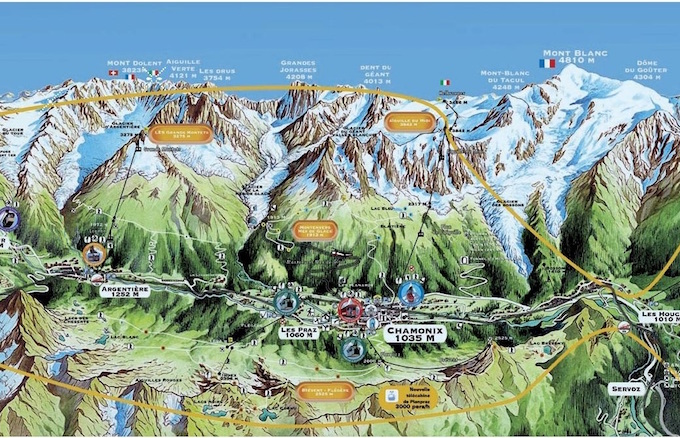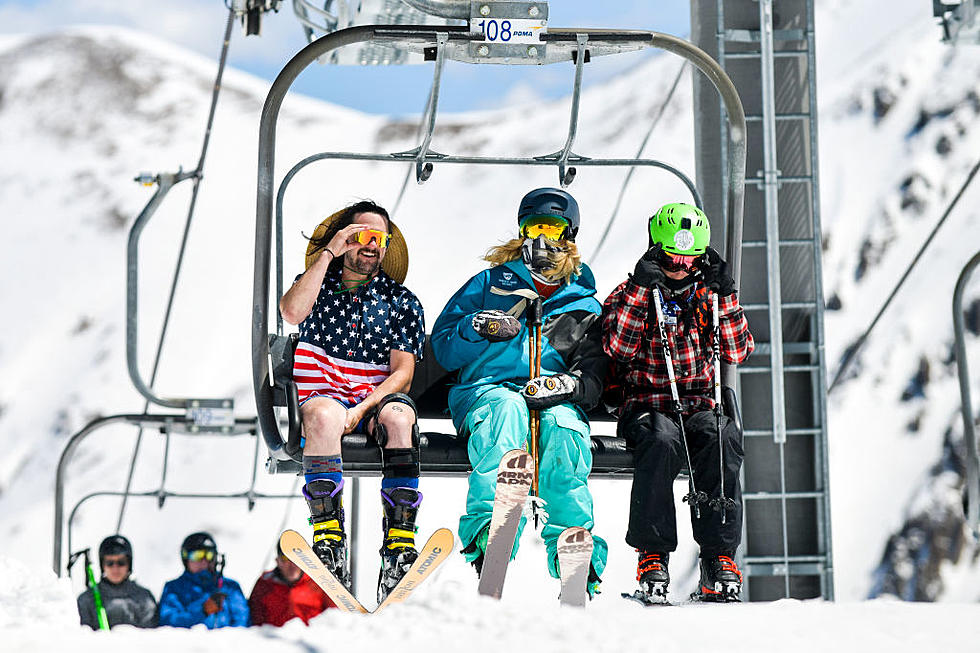
A dry slope is a manmade ski area that simulates snow. This allows people to go skiing, snowboarding and snow tubing on areas that are not accessible or too convenient for natural snow. These dry ski slopes are typically lubricated using a mist or jet system that enables speed and prevents damage to equipment.
A dry ski slope is a place to learn and have fun
A dry ski slope is an excellent way to learn how to ski or snowboard. There are many activities you can enjoy with the entire family.
Lessons and sessions are offered by the best dry slopes. These lessons will enable you to make the most of your time on skis. They will also save you money on equipment.
Some dry ski slopes offer package deals that include lessons, equipment, and clothing. These are great options for beginners who wish to experience the sport before investing a lot of money.

A dry slope is a great place to learn how to ski. There are many training and competition opportunities available, including moguls on one, short swings and carving arcs.
You can also learn tricks such as spins and nose and tail presses. You can also learn to do a switch on snow.
Skiing on dry slopes is more peaceful than in mountains. It allows you to practice your skills without worrying about the safety of others. You can also get more runs on them because they have shorter lift lines.
The ski runs on dry slopes tend to be less expensive than those in the mountains. However, they won't have the same feel as the resorts. These slopes are not as smooth or easy to navigate but can be a great way to test out a sport before you spend a lot.
You can also enjoy an activity at your own home and they are more convenient than traveling. They are a wonderful way to introduce kids to skiing or snowboarding.

For beginners, it's a good idea not to wear shorts while on the dry slopes. These shorts can be worn under your pants. They have shock-absorbing pads that will protect your coccyx in case of a fall.
There are a number of indoor ski slopes in the UK, so you should be able to find one near you that is suitable for you. Some offer lessons while others offer recreational sessions open to all levels. They can also be a great way to practice your technique before heading out on the mountain, and you may also be able to take a friend or two with you for some extra company.
FAQ
How long does a flight take between two countries.
The time taken to fly varies depending on the distance between the airports and the weather conditions.
Average flight time is about 3 hours.
The actual flight time is dependent on many factors, including the airline, aircraft type, delays at the airport, weather conditions, and the airline.
Here are some things you should never forget about when traveling.
Traveling is a time when you are often faced with situations that require quick decisions. It's okay to be spontaneous.
You may be stuck someplace for hours or days, or even months. If you plan ahead, you will have food, water and shelter. But if you haven't, you may have to improvise.
In these cases you will need to rely on your best skills. That means making quick decisions based on instinct and experience.
Sometimes you don't have a choice. You might find yourself in an area without cell service, out of gas or robbed. You'll need to adapt quickly to these situations.
The key to success is to stay calm, remain focused and act decisively. Don't panic. Instead, try to focus on the things that you can control.
If you find yourself lost in the woods you can choose which way to go. If you feel hungry, you have the option to eat berries or mushroom. You can also drink rainwater and melt snow if you feel thirsty.
You can also rest if you are tired. You can wrap up if you're cold. If it is wet, you have the option to change clothes. No matter what you do, it will make you feel better to stay positive.
How can you travel light?
There are many options when it comes to packing for a trip. Here are some tips that will help you make the right choice when packing for your next trip.
-
Only take what you actually need.
-
Only bring what you plan to actually wear.
-
Avoid buying too many things.
-
You should ensure that you have enough space in your luggage.
-
Always make sure you have everything you need.
-
Take advantage of free storage facilities.
-
Reusable water bottles are better than bottled water.
-
Use a backpack to carry your stuff instead of a bag.
-
If possible, take public transport and walk or cycle instead.
-
Choose the right size bag.
-
Be careful not to carry large items.
-
Be prepared for all eventualities
-
Leave nothing behind.
What should you do first when you arrive at your destination?
Always have a plan in place for when your arrive at a new location. This will help you plan what to do and where to go next.
You need to plan ahead to ensure you don't miss anything important.
If you plan to spend more than one day in a given city, it is important to research the museums, parks and landmarks that you would like to see.
A map of the area may be useful and you might want to read up on the history.
How much luggage do I need?
The length of the trip will affect how much luggage that you can take. You will only need to bring hand luggage if you're traveling by plane. This is typically less than 20kg. For a bus or train ride, however, you will require more space.
An airport form with information regarding your flight will be handed to you upon arrival. This will include information such as the weight of your bags and whether you require assistance when checking them in.
This must be done before you leave your home. If you don’t check it, you might end up waiting hours for everyone else to do so.
Because you never know what could happen, it is better to travel light. For instance, if your bag is lost or stolen, you won’t have any clothes.
Statistics
- You can use compression sacs or cubes to reduce the volume of your clothes by up to 80%—this is especially convenient for bulky items such as sweaters and jackets. (eaglecreek.com)
- Case in point: the private island of Ilha Caldeira, less than seven miles off the coast as part of the Primeiras and Segundas Archipelago, is located within the marine-protected area with 20 percent of the country's intact living coral. (travelandleisure.com)
- According to Maori legends, this park holds 14 fjords that were all carved by a giant stonemason with an adze. (busytourist.com)
- Alcoholic beverages with 24% alcohol or less are not subject to limitations in checked bags. (tsa.gov)
- Between the ages of 11 and 13, kids, or tweens, will likely want some autonomy but also need boundaries. (travelandleisure.com)
External Links
How To
How to plan your next getaway
Planning a trip can involve many things including booking flights, hotel reservations, car rentals, and activities. It involves important considerations like your budget, destination choice, weather forecast, etc.
You should always remember these points while planning your next vacation.
We've created a step by step guide to help you plan your next holiday. This guide was compiled based upon customer feedback and experience. This guide will help you plan your next vacation easily.
Steps:
-
Your Budget Plan - It is important to plan your budget before you start planning your trip. Before you can start planning where and what you will do, you must first know how much you are willing to spend. If you don’t have sufficient money, you may have to cancel your travel plans.
-
Book Your Tickets - Once you've decided on your budget and set your priorities, booking your flight tickets is the first thing that you should do. Make sure you choose the best flight deal available at the lowest price. You should also check to see if any airlines offer special deals during specific seasons. These deals could be a great way to save money.
-
Pick Your Destination. Once you've booked your tickets, the next step is to decide where to travel. Numerous factors go into choosing your destination.
-
Find Accommodations. There are many options for accommodation, from budget hostels to luxurious suites. It all depends on what you want and how much space you have. If you're looking for an area close to downtown, a hotel may not be the right choice. A homestay might be a better option if you are looking for quieter places far from the crowds.
-
Select Activities and Attractions. Now, after you've selected your accommodation it is time to pick the activities or attractions that you would like to add to your itinerary. You can choose to include only certain activities depending on how long you stay. Or, add multiple new activities throughout the trip.
-
Determine your schedule - After you've chosen the attractions and activities that you would like to include in your itinerary, it's now time to create it. A fixed schedule will ensure that you get the best value for your trip. It's okay to be flexible and enjoy your vacation more.
-
You can create an itinerary by creating itineraries. Write down all details about your trip, including flights, accommodation, activities, and restaurants.
-
Research Online - Before leaving for your trip, research online so you won't miss anything. Read reviews and testimonials to find out what other travelers think about different destinations. This will allow you to plan your trip accordingly.
-
Pack Lightly - One of the biggest mistakes people make when packing is bringing too many clothes. Don't bring five clothes. Bring three. Make sure you bring clothes that are appropriate for the area.
-
Always be prepared Before you leave for your trip, make sure that everything is in order. Do not waste your time looking for important documents when you are in transit.